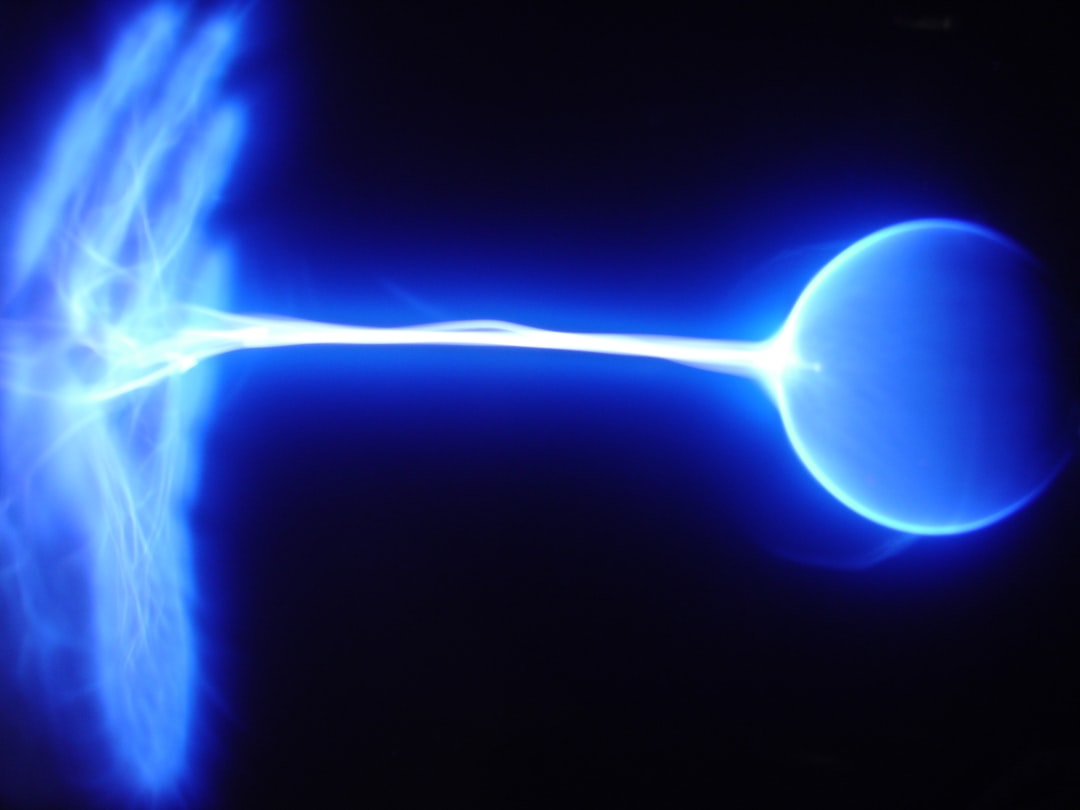What is it about?
By adding tin (Sn) to Cs3Bi2Br9 – a 'perovskite-inspired material' (aka. lead-free triple perovskite), we produce a mixed-valence Sn(II/Sn(IV) pair, which results in strong broadband absorption. This provides a novel pathway to enhancing the optical absorption of this emerging class of optoelectronic materials, and providing guidance on appropriate defect / dopant modelling in these materials.
Featured Image

Photo by Linh Pham on Unsplash
Why is it important?
This is important because it allows us to tune the optical properties of this emerging class of optoelectronic materials.
Perspectives
One of the main findings of this work is the strong favouring of mixed-valence substitution for Sn in these materials, thus producing a self-charge-compensating dopant species, in contrast to other studies which have suggested vacancies as charge compensators. These results call into question some of these studies, which may have overlooked the possibility of self-charge-compensation.
Seán Ronan Kavanagh
Imperial College London
Read the Original
This page is a summary of: Enhanced visible light absorption in layered Cs3Bi2Br9 through mixed-valence Sn(ii)/Sn(iv) doping, Chemical Science, January 2021, Royal Society of Chemistry,
DOI: 10.1039/d1sc03775g.
You can read the full text:
Resources
Contributors
The following have contributed to this page










